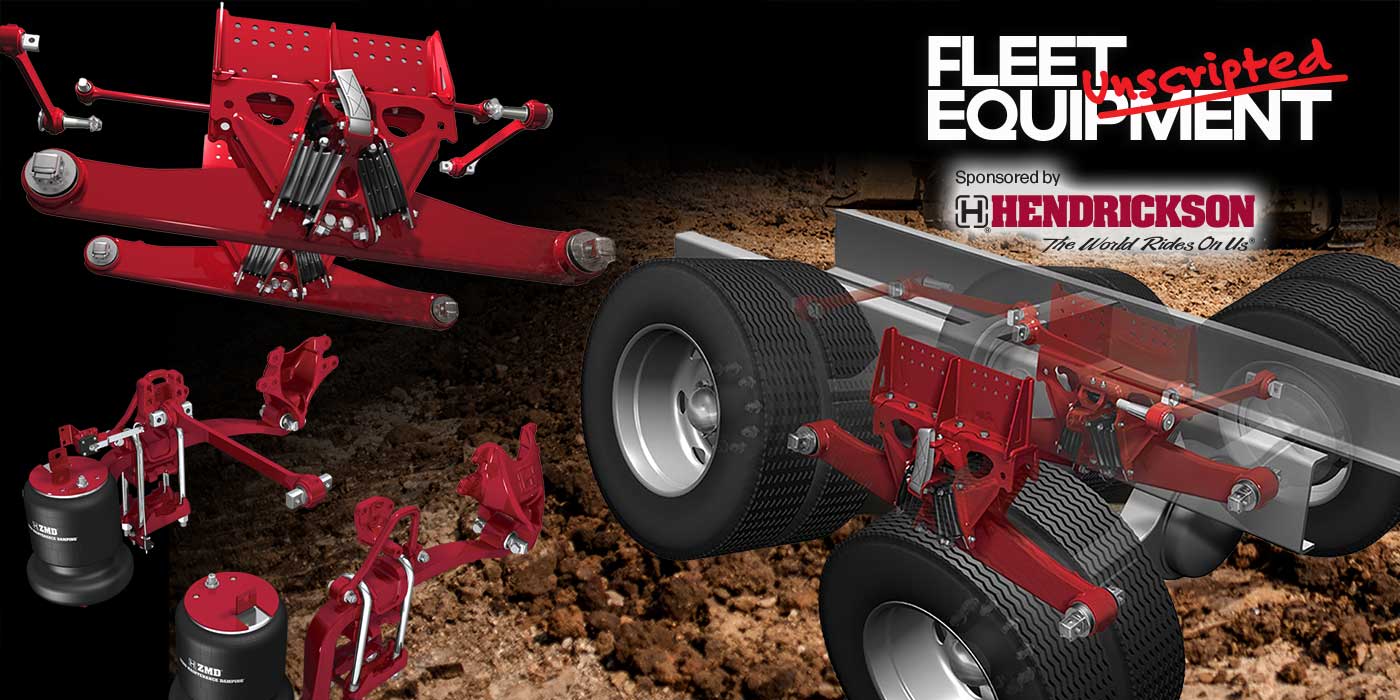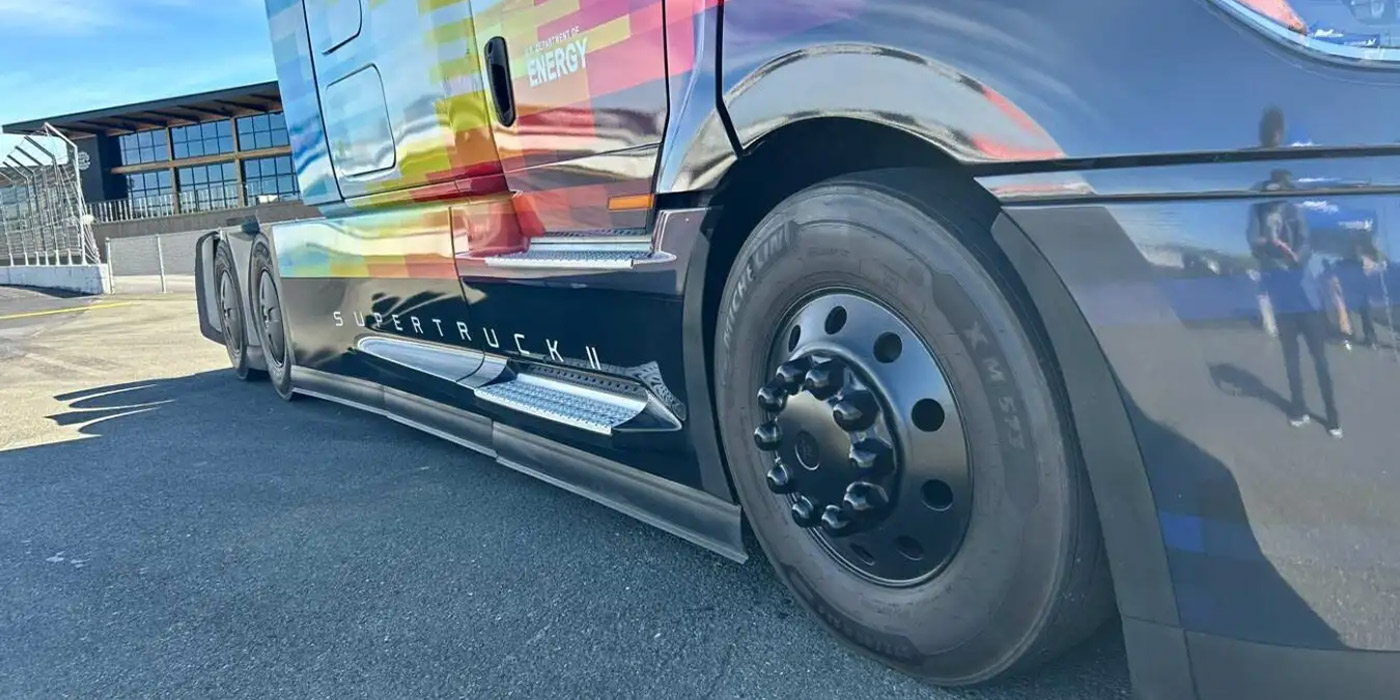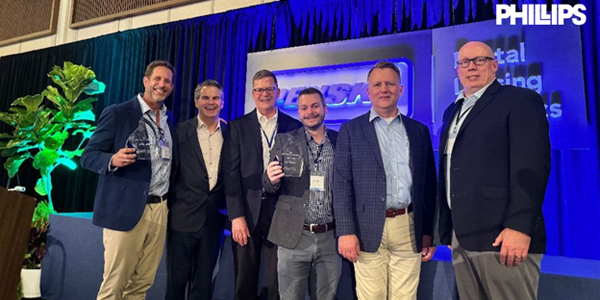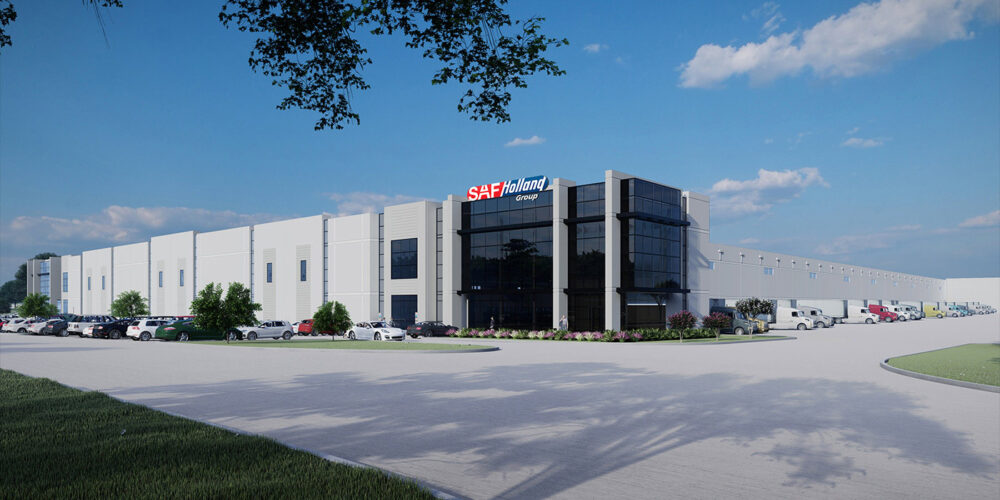I’m pleased by some of the energy-related developments I’ve witnessed lately. Slowly, but surely, I think our scientists are being allowed to provide us with some of the most efficient engines we’ve ever seen.
I’ve been frustrated about the adverse relationship between exhaust emissions and fuel economy since the earliest exhaust emissions regulations were enacted. In the late 60s, California’s Air Resource Board (CARB) and the U.S. EPA set exhaust emissions regulations prior to allowing engineers to do their research and development. They called it “technology forcing legislation.” They still use that concept, which is not scientific.
For example, the first CO, HC, and NOx standards were established with no regard for vehicular fuel economy. Emissions were collected from passenger cars operated on a chassis dynamometer using a Los Angeles city driving cycle (LA-4). Instead of analyzing emissions directly, exhaust gases were diluted with air and pumped into bags prior to analysis. Testers were measuring exhaust gas concentrations in air, not total exhaust emissions.
Engineers quickly learned that “the solution to pollution is dilution.” The more air an engine could ingest while performing the work, the lower the exhaust emissions readings. Since they had insufficient time to do much engine development, engineers simply “beat the test” by retarding ignition timing to reduce CO and HC and utilizing EGR to reduce NOx. Test scores were great, but fuel economy suffered significantly.
With the utilization of catalytic converters in 1975, development engineers were able to put some of the
ignition timing back into the engines to improve both fuel economy and performance. In the past 30 years, those engineers have steadily developed the best-performing, most economical power plants to date.
CARB and EPA diesel emissions regulations forced diesel engine development engineers down similar pathways starting in the 80s. Widespread use of the particulate trap will enable engineers to put back into the engine sufficient injection timing to deliver improved fuel economy and performance. We are just beginning to see those benefits.
Now, if we allow our scientists a little more time, we should start to see some optimized fuels for these engines. It couldn’t come at a better time. Diesel (and gasoline) engines are both designed to operate on very carefully developed, very efficient fuels. Diesel fuel, in particular, is the most fuel efficient fuel I can think of for internal combustion engines.
When regulators start discussing alternate fuels without any knowledge of engineering, I get apprehensive. Most politicians respond only to pressure put upon them by lobbying groups such as the Sierra Club or the farm lobby. It seems as if they don’t care or understand that their regulations can have an adverse effect on our economy. Most of us realize that alternate fuels sacrifice fuel economy, period. We only agree to comply in hopes that it will reduce our dependence on foreign oil.
I’m encouraged that we are now seeing a bit more logic in these decisions. Europe is slowing down its push to utilize alternate fuels by limiting the amount of land that can be cultivated to produce biofuels. The U.S. is balking at Cap and Trade legislation because it will do nothing to reduce GHG. The EPA is trying to legislate 15% ethanol in gasoline, and people are beginning to push back. One of our states recently canceled a biofuel usage mandate because of the unsteady supply of biofuels.
All of this is good news. Let’s be patient until scientists can devise methods to optimize fuel economy while minimizing CO2 emissions.
Engine efficiency gains will accomplish significantly more than ineffective legislation. For example, if engineers can improve the thermal efficiency of a diesel engine by 10%, we will improve fuel economy, reduce emissions and minimize GHG significantly. In the interim, fleet operators need to monitor fuel economy more closely than ever before.













